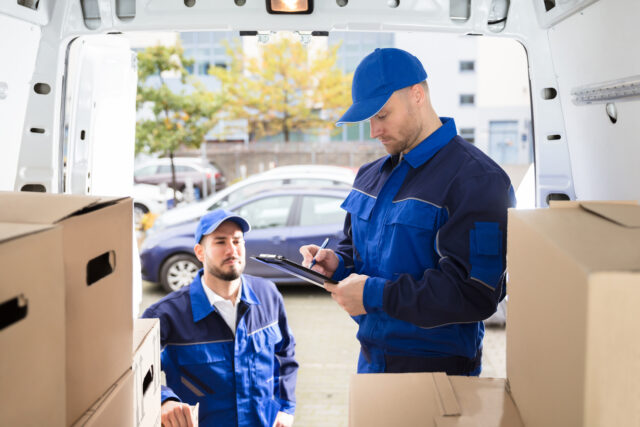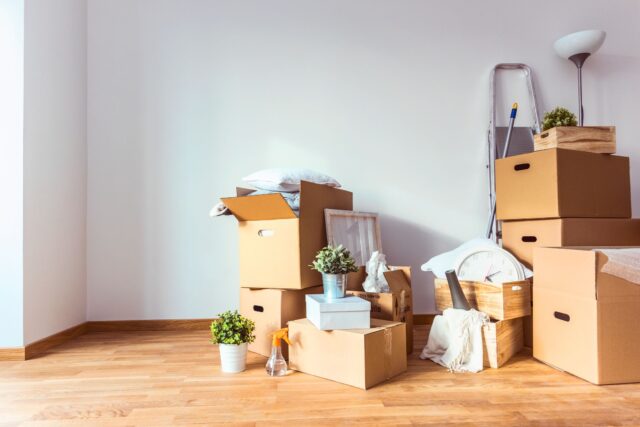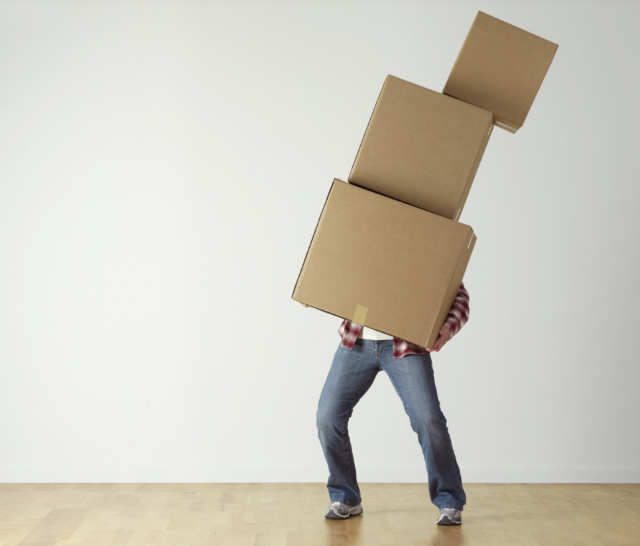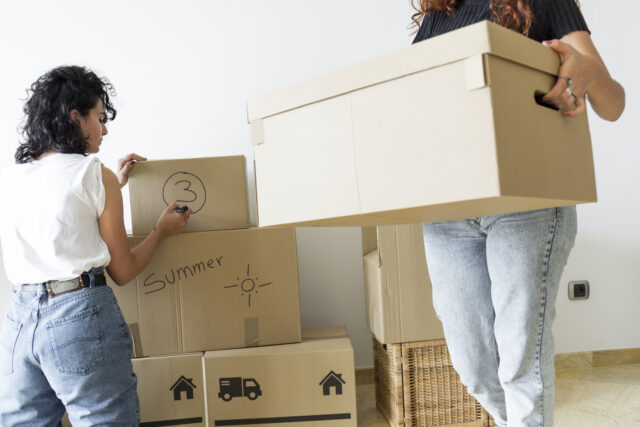
Moving to a new home can feel overwhelming, but it doesn’t have to be. With a little preparation and planning, you can make the experience significantly easier.
In this blog post, we’ll discuss the dos and don’ts of packing for a move, so you know what to expect with each step in the process.
Hiring Professional Movers
Hiring professional movers like M25 Group can help make your move a lot easier. While it may cost slightly more than doing it yourself, depending on your specific circumstances and the amount of items being moved, considering the money you can save in time, energy and headache in the long run—it may be well worth the expense.
When hiring a professional mover, there are certain things to consider to ensure that you choose high-quality services that provide competency, speed, and safety. Here is a suggested list of dos and don’ts when hiring a moving company:

Do:
- Search for reputable companies with favorable reviews available in your area or online. Ask family and friends for references if they’ve had successful moves handled by professionals.
- Read all documents provided by the mover carefully before signing anything. Make sure you understand exactly what is being offered and included in the services being rendered; this will also protect you from any potential disputes or issues that could arise with inaccurate information on any paperwork later on.
- Request an in-home inspection from any movers you are considering; this will help provide more accurate estimates from each company involved so you get an accurate final bill when all is said and done.
Don’t:
- Don’t choose movers based on price alone – cheaper isn’t always better! If something looks too good to be true – it probably is! Don’t get lured into paying upfront costs without researching potential contractors first.
- Don’t hire a mover who won’t supply references of former customers or who doesn’t have insurance protection or worker’s comp coverage for their employees (which means any accidents will be covered by them). This could end up being a costly mistake if anyone gets injured during transit of your goods!
- Finally, don’t pack hazardous materials such as paint cans, gasoline/oil/propane tanks etc., as these items are not permitted inside any moving truck according to national safety regulations – transport them separately at your own risk!
What to Pack

When it comes to packing for a move, there are a few important things to keep in mind. Knowing what to pack and when is an important part of stress-free moving. Here are a few dos and don’ts for packing smartly and efficiently.
Do:
- Start early – give yourself plenty of time to pack. Begin by sorting your items into categories; this will make packing much easier in the end.
- Label boxes carefully– Be sure to clearly label each box with its contents and the room where it belongs in your new home so that you can easily find what you need when you arrive at your new home.
- Pack a “first day” box – this should include items that you need access to immediately such as toiletries, towels, linens, coffee maker, dishes and silverware.
- Organize your packing– use clear plastic containers or file boxes for books, records or pictures. Pack room by room ensuring all items from the same space stay together for easy unpacking once arrived at your new location.
- Including an inventory – listing out all of the contents inside each box is not required; however, it can be very helpful when it comes time to unpack.
Don’t:

- Pack prohibited items – some moving companies will not allow certain items on their trucks such as propane tanks, fireworks or paint thinners due to safety concerns; check with your mover before planning your move if these are essential items needed during the transfer process.
- Overload boxes – ensuring boxes remain light enough so they can be safely moved is key; if unsure about how much weight is acceptable err on the side of caution and break down into multiple lighter containers.
- Leave loose objects in drawers – drawers may become lost during transport if not secured properly; always remove cups/glasses etc. from cupboard/drawer before placing them on the truck for safe arrival at destination location.
Packing Strategies

Packing and organizing your belongings for an upcoming move can be overwhelming. To ensure a successful move, it is important to develop an effective and efficient packing plan. The following are some packing strategies to help make your move easier:
- Pack early and pack carefully: Start packing early and don’t leave tasks to the last minute. Put aside enough time to properly label, bubble wrap, pad, identify fragile items and secure boxes closed before the actual moving day.
- Organize the contents of the boxes: Securely pack small items such as coins or jewelry in separate labeled bags or containers within a box so you can easily find your belongings during unpacking.
- Know where everything is going: Create a labeling system so that it is easy to see which box goes where in your new home while also providing information on its contents (e.g., kitchen pans). Consider using colored stickers or tags for each room in order to easily determine what goes where during unpacking day.
- Evaluate items before you pack them: Before packing anything away, evaluate whether you need or use it – this will help save you time later on when unpacking in your new location as well as prevent unnecessary expenses by limiting what needs to be moved.
Final Tips

Once you have packed your boxes, there are some final tips and tricks to keep in mind. Before loading them onto the truck or car, be sure to lock the boxes shut.
Use ratchet straps or plastic twist ties rather than tape, as they are more secure and will not come undone in transit. If you need to stack your boxes, leave plenty of space in between each layer – boxes stacked too closely can easily crush items when being moved.
Label every side of each box so that movers know where to place it, even if they’re turned during transit. Finally, reserve a few boxes for all the items you will need during the first few days after moving into your new home – telephone chargers, bed linens and snacks are just a few things you may want close at hand!












